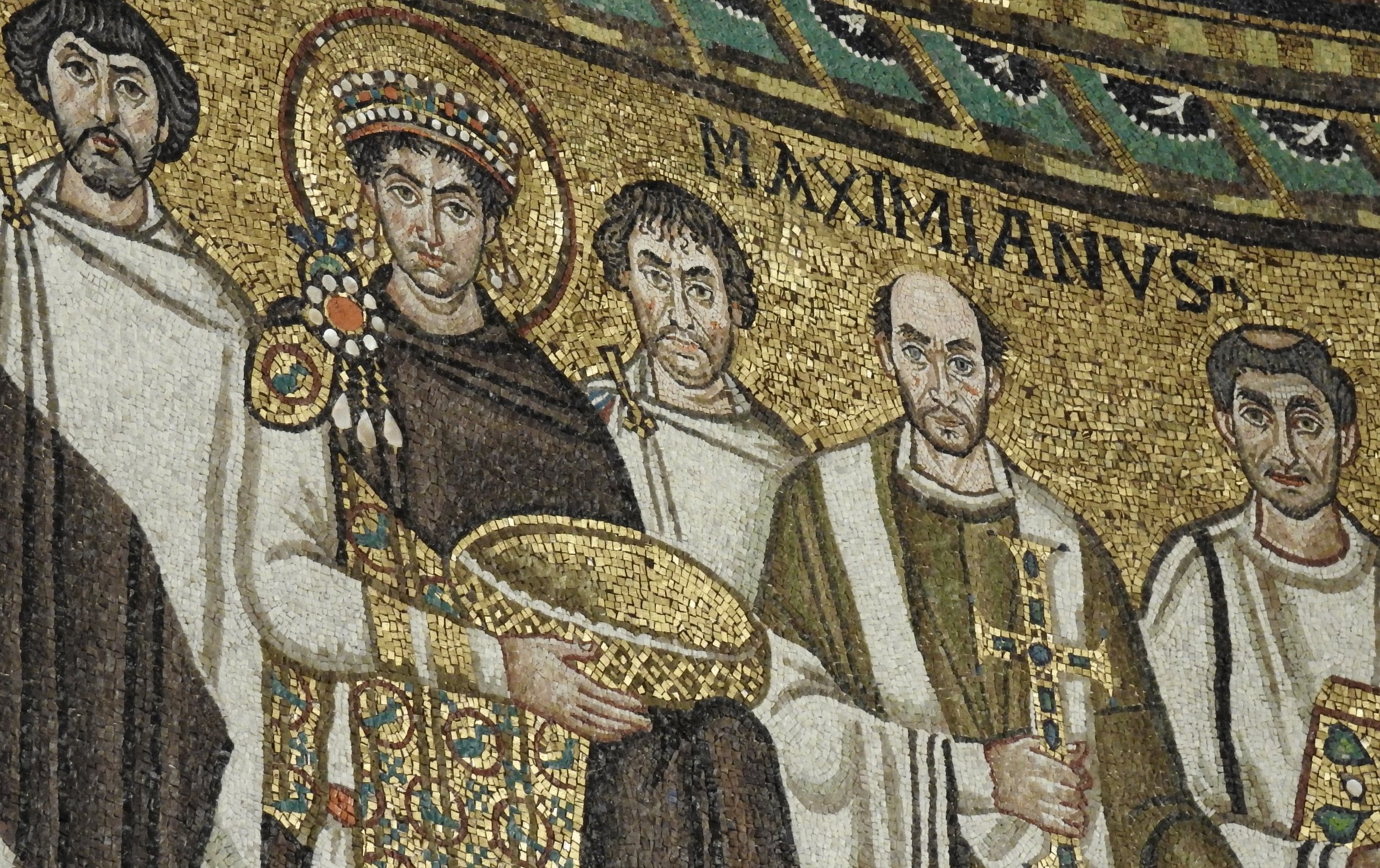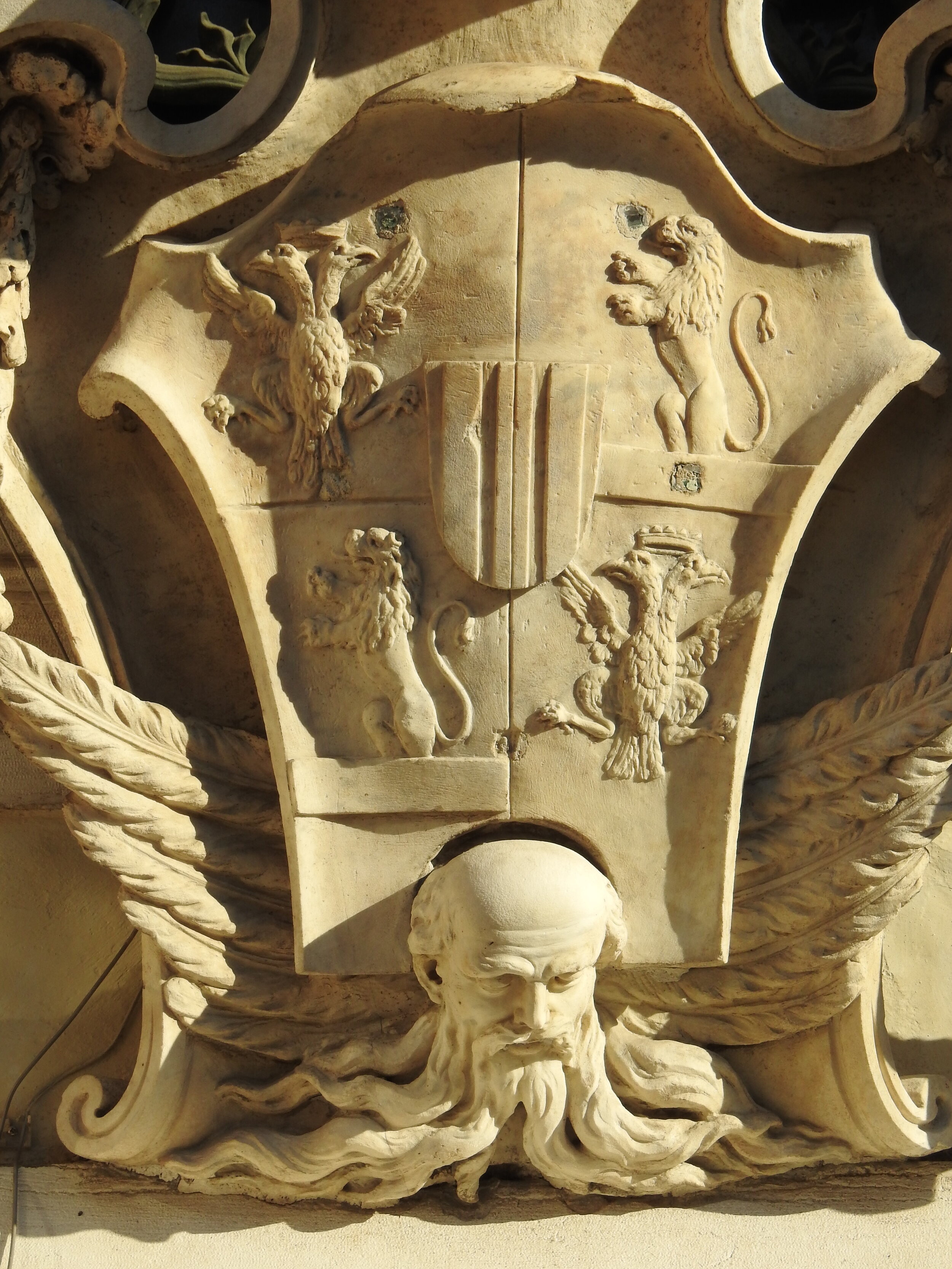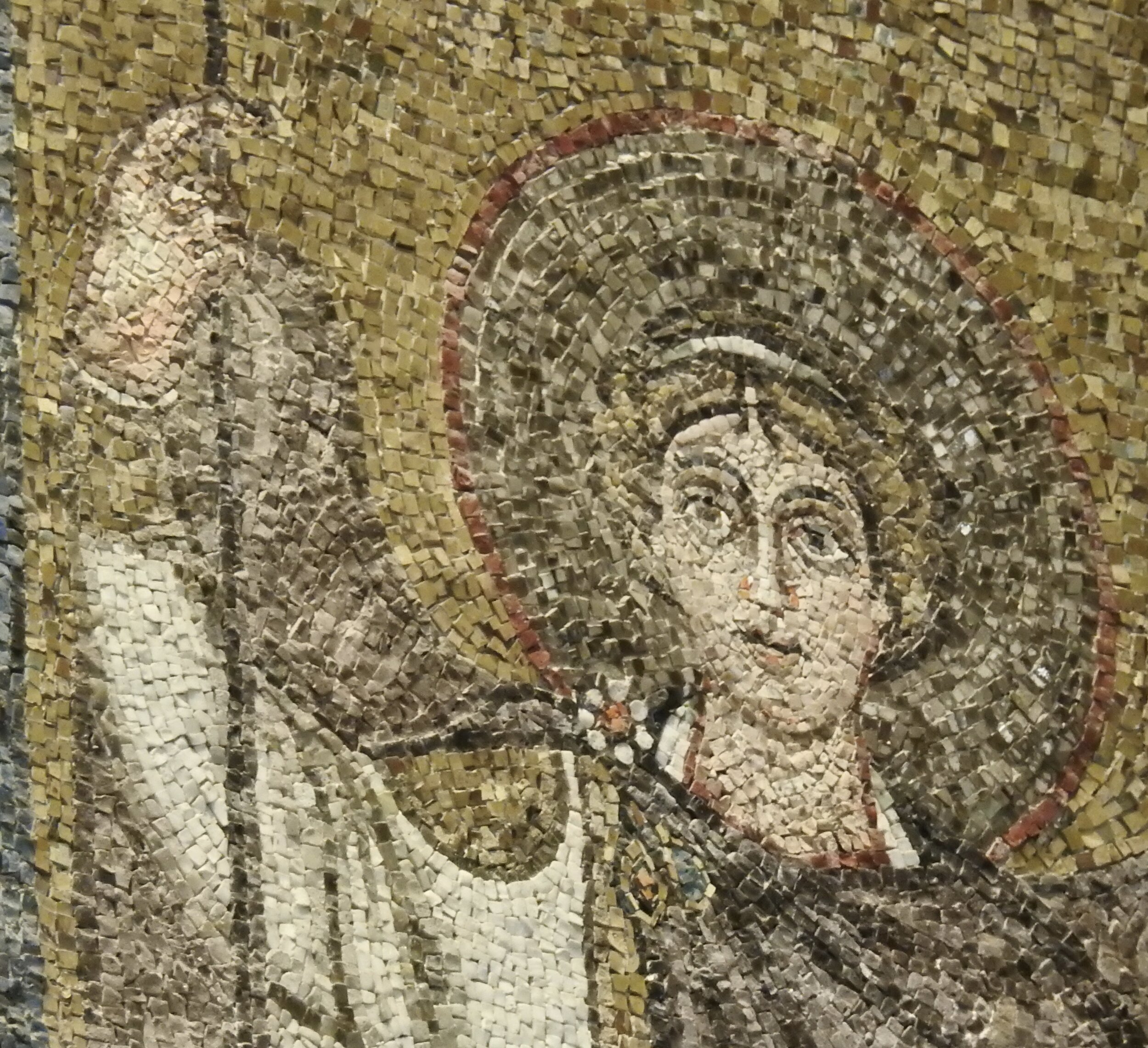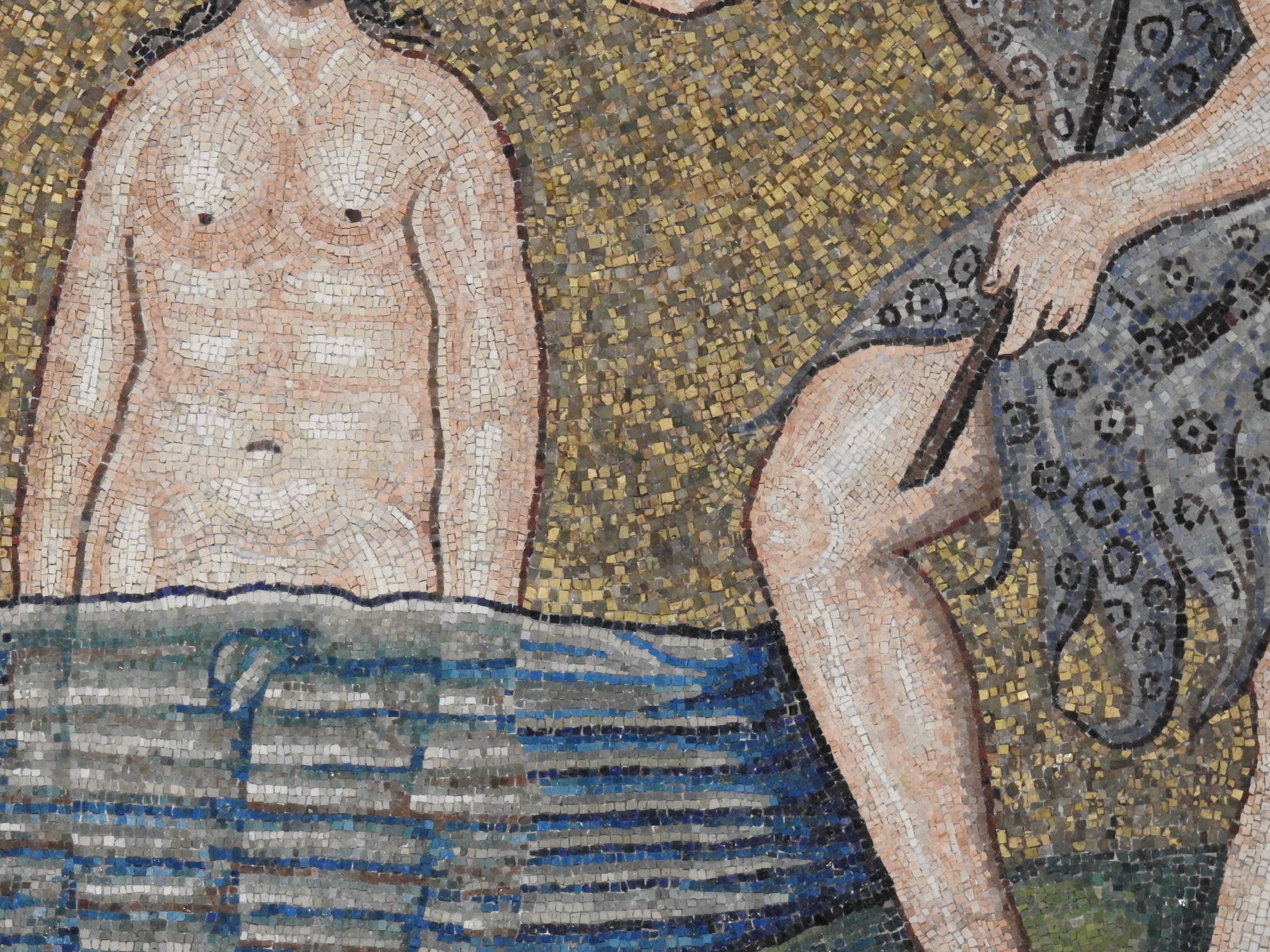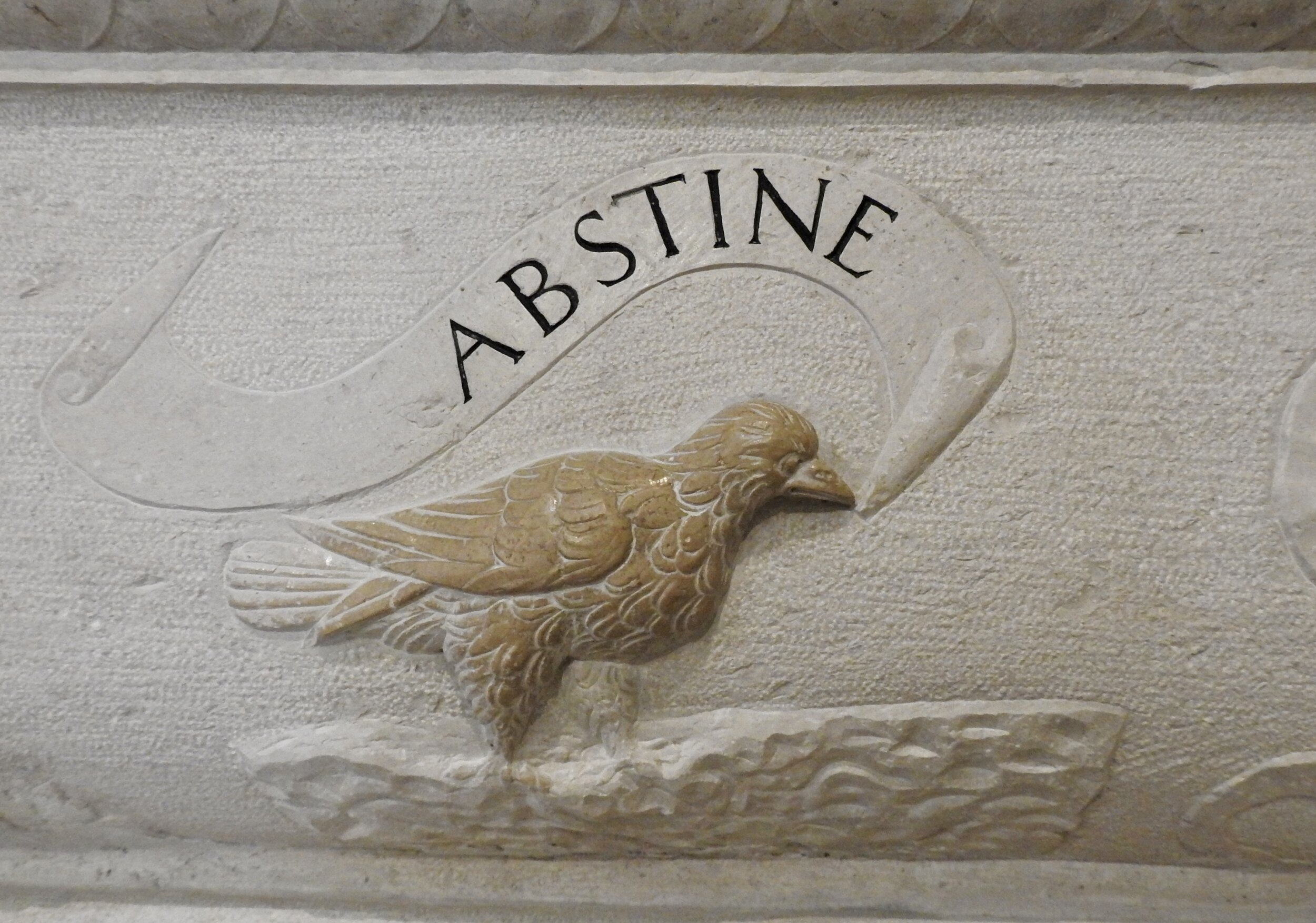Yungang, home of colossal and brightly colored monuments to Mahayana Buddhism, is itself a monument to the cosmopolitanism of northern China in the 5th and 6th centuries. Here, during the Northern Wei period, cultures from across Asia mixed to form what is sometimes referred to as the “Archaic style”: the first style associated with Chinese Buddhism.
It’s likely that, like Buddhism itself, the technique of carving directly into the cliff face (or “living rock”) was an import from India, where monumental, in situ carving was already well-established. According to art historian Sherman E. Lee, many of the artists who worked at the site were likely from, or trained by those from, Central Asia, and drew their bright, flat color schemes and slightly rigid figures from their experiences with the paintings and sculptures of that region. In some caves, these Central Asian features merged with the flowing, native style of the late Zhou and Han Dynasties, as visible in the ceiling of Cave 9, pictured below.
The site includes around 51,000 statues—ranging from two stories to a couple of inches in height—distributed across a kilometer of mountainside. The number of caves at Yungang is variably listed as 53 (Yale and MIT, both of which use Grove Art as their source) or 252 (UNESCO), perhaps depending on how “cave” is defined. Unfortunately, the pollution created by neighboring coal mines has caused significant damage, leaving many exterior statues ghostly, wasted versions of their original forms, and erasing others entirely. Some of the smaller sculptures have also left the caves by way of the black market. The good news, however, is that China’s government now recognizes Yungang as a major tourist draw—and alternate source of income—for the region, and has taken significant steps to preserve and restore what remains of this important artistic, cultural, and religious landmark.
Sources
I visited Yungang in 2009, and some of the information for this post came from my China Highlights tour guide and on-site signage. The rest can be found in the following:
Lonely Planet, “Yungang Caves” (accessed February 9, 2020).
MIT Libraries DOME, “Yungang Grottoes, Cave 8” (accessed February 9, 2020).
Sherman E. Lee, A History of Far Eastern Art, 5th edition (Harry N. Abrams 1994), pp. 156–58. [for technical and stylistic analysis]
UNESCO, “Yungang Grottoes” (accessed February 9, 2020).
Yale University Library Digital Collections, “Yungang Grottoes: Cave 13 (Datong, China)” (accessed February 9, 2020).
